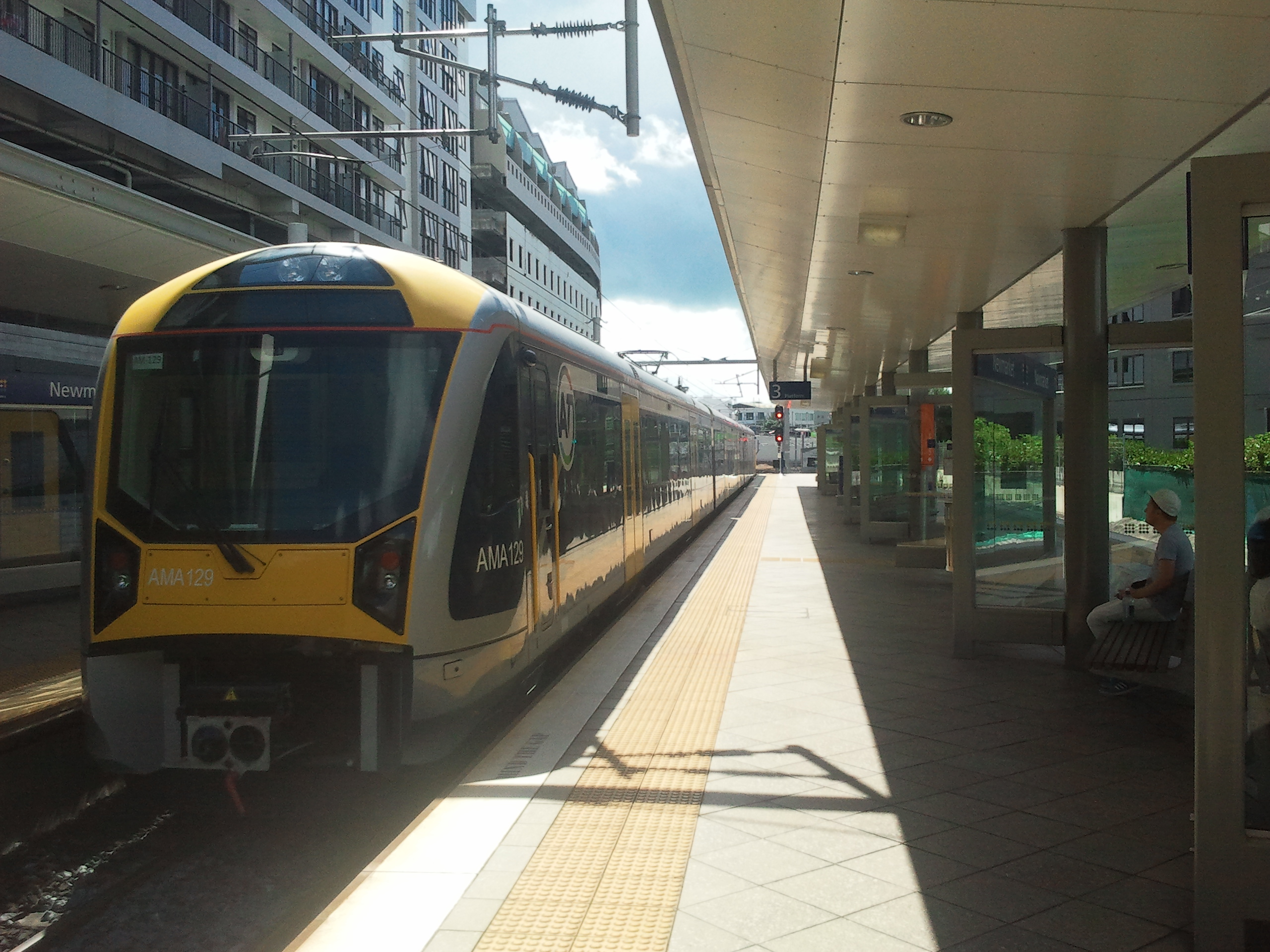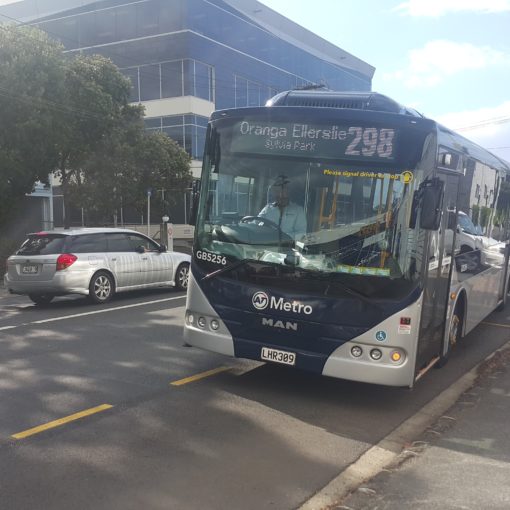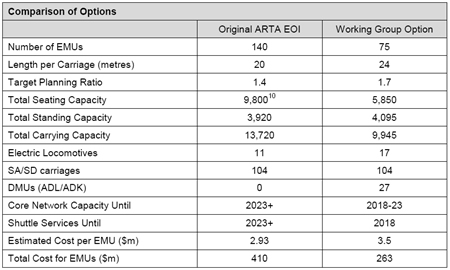The Campaign for Better Transport (CBT) is extremely disappointed at Auckland Transport’s announcement of various line closures over the next three years. Auckland Transport is planning the following line closures over the coming three years as part of an extensive programme of works:
- Southern Line (Otahuhu to Newmarket) and Onehunga Line: January to March 2023
- Eastern Line (Otahuhu to Auckland): March to December 2023
- Southern Line (Otahuhu to Papakura): 2024
- Western Line (Henderson to Auckland): 2025
As work is undertaken on each section of railway, the entire line will be closed during that period. This will mean that passengers currently using trains will need to take rail replacement buses instead.
The CBT has several questions that need to be answered before we can be comfortable with Auckland Transport’s plans.
Why is the work needed?
Our first question is why the work is needed. We do not deny that Auckland’s rail network has suffered many years of neglect and yet over the last fifteen years much has been done to resolve that neglect.
Between 2004 and 2010, the Western Line was duplicated between Newmarket and Swanson. As part of this project, the new second track was constructed with fresh track bed and fresh rails. Once the new second track had been constructed, the old track was stripped down, with the old track bed and old rails being replaced with new track bed and rails. While this meant that it took several years for the duplication works to be completed, including several years of weekend closures, it means that the Western Line should have received brand new infrastructure. Why, less than fifteen years after Western Line duplication was completed, does the Western Line need to be shut again for many months of rail maintenance work?
In addition, the second half of 2020 and the first three months of 2021 saw extensive work done on the Southern and Eastern Lines to replace track – which included several weeks of line closures along parts of the route. Most Aucklanders do not remember this thanks to the second and third lockdowns, but nevertheless if further work was needed, why wasn’t it done at this stage? After all, when the masses are subject to a stay-at-home order, replacing train services with bus services is far less disruptive.
It seems to the CBT that there has either been a lack of forward planning, or a lack of communication about the extent that the network is worn out. We suspect the former.
What about freight?
The railway corridor south of Otahuhu is a critical rail freight corridor, with many goods trains running from Auckland through to Tauranga, Wellington and other destinations. Indeed, much of the success of the Port of Tauranga has been its ability to ship goods from Tauranga to Auckland by rail.
When the railway corridor south of Otahuhu is completely shut, what happens? Do the many hundreds of containers being transported from Auckland to Tauranga suddenly need to switch to truck for the final stretch of their journey? There are enough trucks on Auckland roads as it is without another few hundred a day being added because the railway line is shut for goods traffic.
What about train maintenance?
In much the same vein as the above question about freight, we ask what is going to happen about train maintenance? The CAF units are maintained at a specialist facility in Wiri and it would be expected that when the railway line south of Otahuhu is shut, it would either require maintenance to be deferred, or more likely, specialist truck movements to get the units from the operating lines through to Wiri.
Rail Replacement Buses
Auckland Transport have promised that there will be rail replacement buses. The CBT have their doubts that the rail replacement buses will provide the much-needed capacity to ensure passengers can be shifted around in the absence of train services.
In recent months, we have seen rail replacement buses being few and far between. On the rare occasions that trains run during weekends, service frequency is once every twenty minutes with at least 236-seater trains. When rail replacement buses run during weekends, service frequency is once every hour with 40-seater buses which fill up very quickly. Indeed, I have used some of these rail replacement buses and seen buses at standing room only for more than an hour and passengers, including families with infants, elderly people and the disabled being turned away because there wasn’t enough room to squeeze them onto the rail bus.
This of course ignores the number of passengers using trains during peak. Stand at Papakura, Manurewa, New Lynn and Henderson during the morning rush and you will easily see a bus load of passengers boarding each train service. Sticking on a single rail replacement bus on the Southern Line would see the bus fill up at Papakura with no room for passengers at the other stations to board.
There is also the issue of service connections. Bus network changes between 2016 and 2019 saw bus services being rerouted into train station hubs. Trains on their own infrastructure can generally meet schedule and therefore it is possible for passengers to meet their connections. Buses, on the other hand, end up stuck in traffic with motorists and the likelihood of connections being met falls off a cliff. With some of the services running once every hour, it is inevitable that connections will be missed, and poor passengers will be left in the cold and rain during winter waiting for their connection home, having spent goodness knows how long getting there.
Auckland Transport also appears to have suffered a bad case of amnesia. They have referred to regular bus services yet forget that regular bus services which competed with rail services were canned in the years 2016 to 2018 as part of their “New Network”. For instance, it is impossible to travel from south of Otahuhu to the City Centre on a single bus route in evenings and weekends. When these route changes were being rolled out, Aucklanders were promised that there would be train services – now these train services are being taken away, likely to be replaced with inadequate rail replacement buses.
Overseas
While Auckland’s rail network did suffer from neglect in the latter part of the 20th century, there was another city in this part of the world which suffered from the same issue – Adelaide. By the early part of the 21st century, the Adelaide rail network was so run down that temporary speed limits had lasted decades, and 1920s era track was still in place around the network. Yet, over there, as lines have been upgraded for electrification a one-off line closure lasting a few months has taken place. In Auckland, on the other hand, it seems that several year long closures are being undertaken by Auckland Transport.
The Result
Auckland Transport have promised that once all this work is complete, Auckland will have trains which are faster and more reliable than before. Where have we heard this before? With electrification of course – electrification was supposed to result in trains which were faster and more reliable; yet the electric trains are several minutes slower than their diesel counterparts, and the level of service reliability has been decreasing in recent years with weekend rail closures becoming far too commonplace.
For twenty years, Aucklanders have been told that we just need one more set of significantly disruptive works and then that will be it. We were told this during Western Line duplication. We were told this during 2020/21. We are being told this again. Aucklanders have been fooled enough times and it seems that it will simply be a matter of time before the rail network is closed yet again because of some “issue”.
The other problem is that all the hard work over the last twenty years to attract commuters to the rail system risks being reversed. Aucklanders with a choice will simply go back to their cars and will remember that time the rail system was closed down for several months and the horrible experience they had waiting in the pouring rain for a rail replacement bus that got them to work late. Then we will undoubtedly see Auckland Transport wonder why Aucklanders are seemingly wedded to their cars and will simply bring out the big stick and whack us – not appreciating that it was their own actions which saw Aucklanders abandon the public transport system in droves. We are already seeing the anger of Aucklanders toward Auckland Transport, and now with public transport users being punished, it will only get worse.



